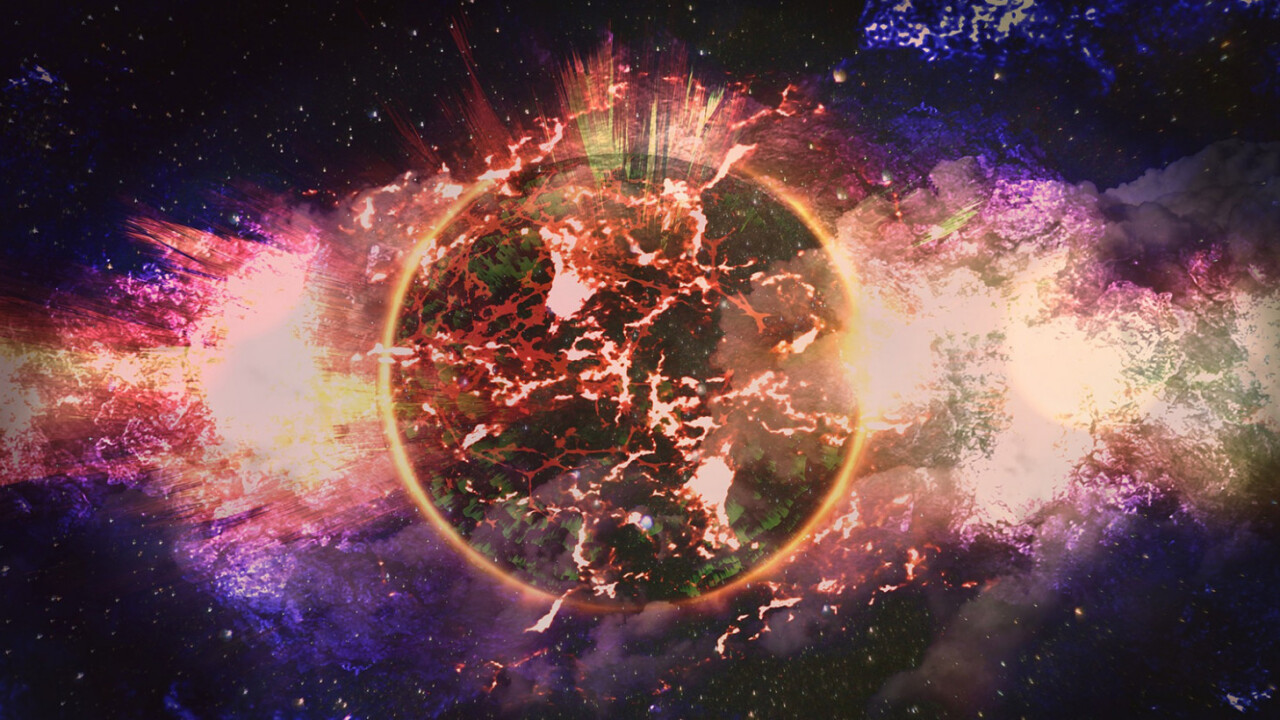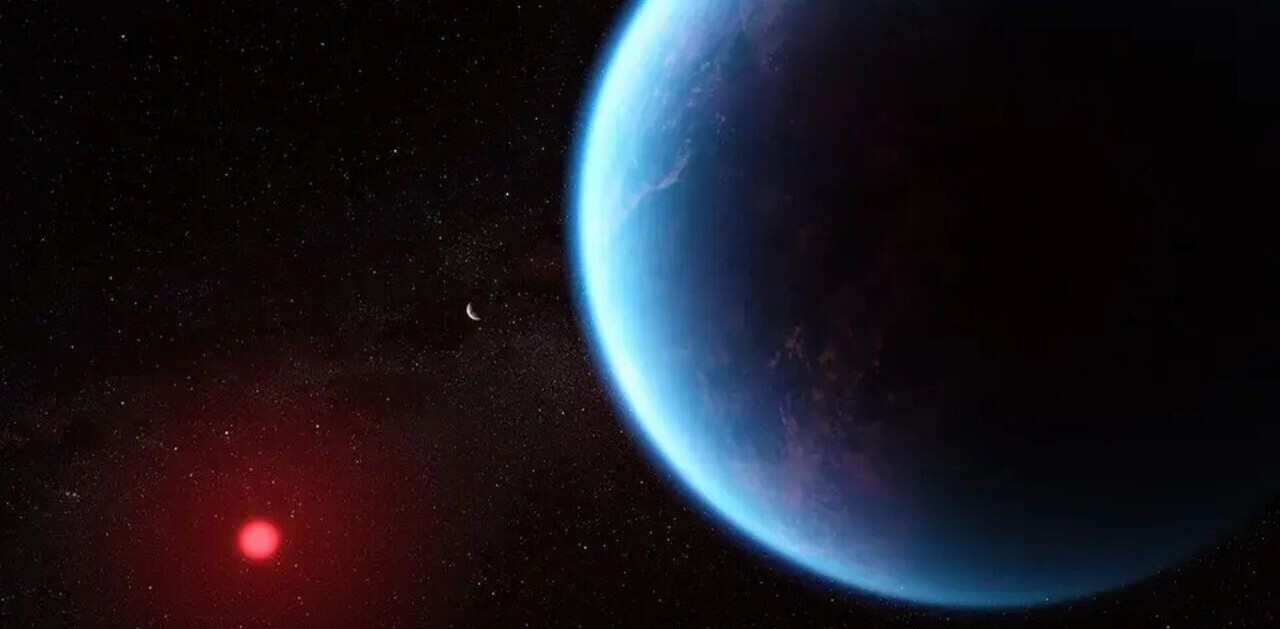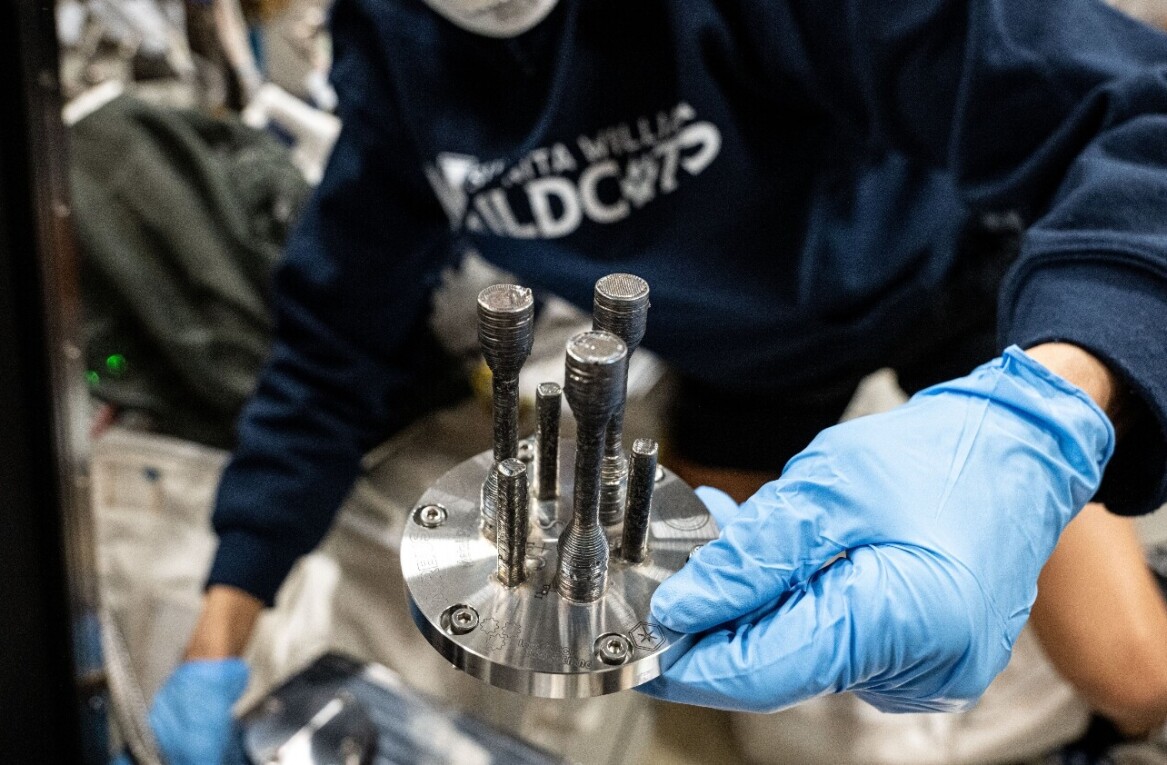
It was the height of the Cold War. At odds were the United States and the former Soviet Union, both attempting to posture and propagandize their way to a win in a geopolitical dispute that dragged on nearly 50 years. Complicating matters was a burgeoning space race, one the US was losing after the Soviets launched their first satellite, Sputnik 1, in 1957.
To avoid losing the propaganda war, the US went into scramble mode. First it launched a satellite of its own, Explorer 1. Then it assembled a team of the best and brightest — including a young Carl Sagan — to figure out how to blow up the Moon.
The project, known as Project A119, was never carried out, but is every bit as odd as it sounds.
In 1949, the Armour Research Foundation began studying the effects of nuclear blasts on the environment. Granted, the US had already been detonating nuclear weapons in remote locations for the past four years at this point — we may have been a little late in commissioning a study on environmental impact. By 1957, Edward Teller, the “father of the H-bomb” began proposing a detonation test in space. Teller’s plan was to detonate at least one bomb on the Moon, and another near it, to test the lunar surface after the explosions. Teller wasn’t the only man to suggest it.
By the end of the year, support for the idea had grown, partially due to its scientific basis, but also because the media was reporting that Russia had planned to do the same thing.
In 1958, the Air Force assembled a team to make it happen. Researchers believed that an explosion on the surface of the Moon — so long as it missed landing in a lunar crater — would kill two birds with one, uh, warhead. First, scientists could study the debris, if they ever made it to the Moon — which was still a few years from happening — as well as the fallout after the blast. But even more importantly, the explosion would produce a mushroom cloud and a flash of light clearly visible from Earth — an obvious show of strength to the Soviets.
The ten-member team worked out of the Illinois Institute of Technology in Chicago, and was led by physicist Leonard Reiffel. One of its members was a 24-year-old Carl Sagan. He was responsible for the mathematics, including the creation of a model to estimate the expansion of a dust cloud in space, and what that meant for the people of Earth. According to the team, the test would have been feasible a year later, in 1959.
As December 1958 turned to January 1959, the US wised up and put a stop to the plan. Its top brass feared the negative public reaction of such a blast and the fear that the missile could miss the Moon entirely, returning to an unknown location on Earth.
They instead decided to put their full resources and attention on a Moon landing, which happened a decade later and wrapped up the space race with an American win.
After killing Project A119, but before the Moon landing, cooler heads prevailed. Congress passed two bills to prevent this sort of thing in the future, the first of which was the Partial Nuclear Test Ban Treaty in 1963. In 1967, it passed another bill, the Outer Space Treaty, designed to curtail this sort of aggressive behavior in space. The latter also established the only recognized set of laws governing outer space.
As of October 2018, 107 countries have agreed to the treaty.
Get the TNW newsletter
Get the most important tech news in your inbox each week.




